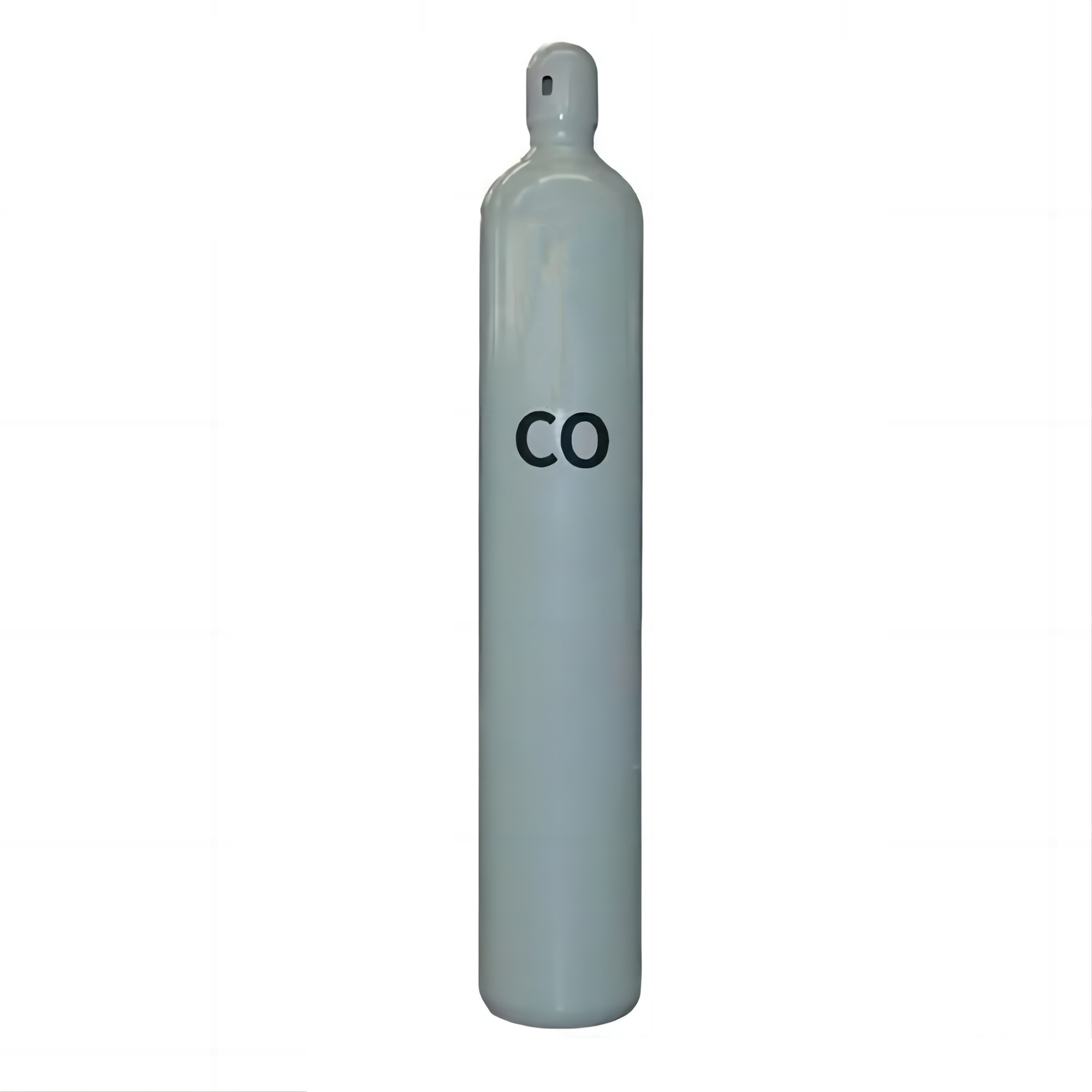The method of obtaining helium gas
The Sun's supply of helium is unlimited. We haven't yet established that nuclear fusion on Earth can produce helium. But the Sun is in motion every second; our Sun is a helium factory. It's actually made up of about 25% helium, but it's spewing helium into space day and night in the form of coronal ejecta and the solar wind. This means that helium is constantly blowing past us, but it doesn't enter our atmosphere because Earth's atmosphere deflects it from our planet. So we have to capture it right at its source—using the idea of a space megastructure called a Dyson sphere. A Dyson sphere is essentially a giant bubble that can capture and collect particles, making them available for human use. The original idea was to obtain unlimited solar energy, but it could also be used to capture elements like helium.
Crazy idea, right? Scientists believe we're probably 25 years away from the first phase of this plan, and we'd essentially have an unlimited supply of helium.
Getting an unlimited supply of helium from lunar dust.
Astronomers have already tried the first idea above. Then they thought our atmosphere was keeping the Sun's helium away from us. But our Moon doesn't have an atmosphere. Leading experts believe that because the moon has no atmosphere, the dust on its surface has actually accumulated millions of years of helium ejected from the sun. So, theoretically, we could have an unlimited supply of helium from the lunar dust, constantly replenished as the sun continues to eject this element. This idea isn't as crazy as you might think. In fact, several countries and private companies are working to return to the moon for this very purpose.
- Prev: Downstream applications of electron grade gas
- Next: None




 Facebook
Facebook YouTube
YouTube LinkedIn
LinkedIn Twitter
Twitter